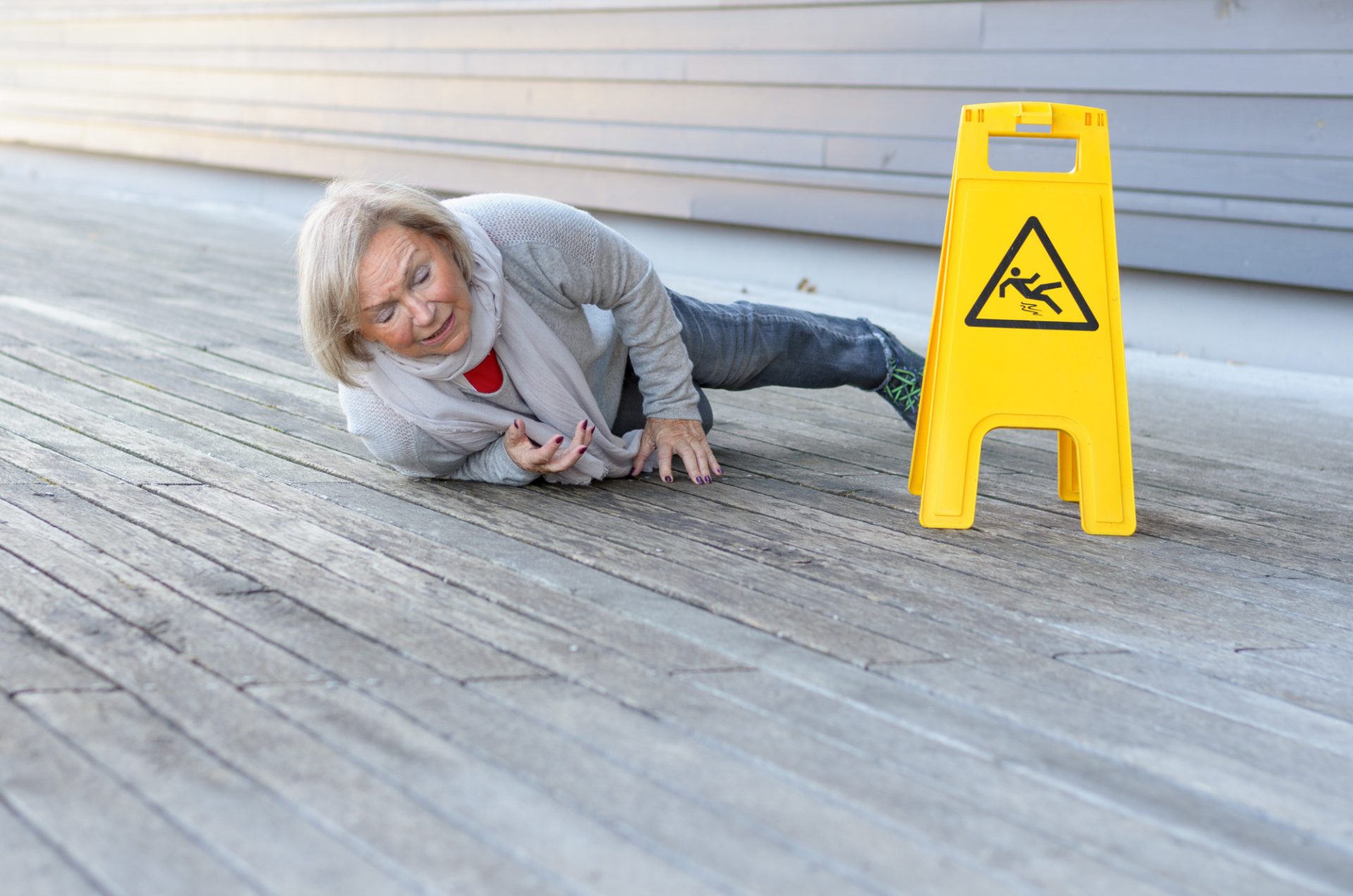Slip and fall accidents can happen anywhere, from grocery stores to hotels and sidewalks, and being prepared to take the right steps is crucial. Whether you’re a resident or a visitor in Las Vegas, knowing how to respond to a slip and fall injury can make all the difference in your recovery and potential legal considerations.
Experiencing a slip and fall injury in Las Vegas can be a distressing and unexpected event. About 5% of all slips and falls involve broken bones. In adults 65 years and older, falls are the cause of 95% of all hip fractures. Scroll down to learn more about what to do after a slip and fall accident occurs and provide valuable insights into understanding the nature of such incidents.
Understanding Slip and Fall Accidents
Slip and fall accidents occur when an individual loses their footing and falls due to hazardous conditions. These conditions can occur in various settings, including:
- Wet or Slippery Surfaces: Spills, wet floors, or icy sidewalks can create treacherous conditions, leading to slips and falls.
- Uneven Walkways: Cracked or poorly maintained sidewalks, loose tiles, or uneven flooring can trip individuals and cause falls.
- Inadequate Lighting: Insufficient lighting in parking lots, stairwells, or hallways can obscure hazards and contribute to accidents.
Common Injuries in Slip and Fall Accidents: Understanding the Impact
Sprains and Strains
One of the most frequent injuries in slip and fall accidents involves sprains and strains. When individuals lose their balance and attempt to regain it, they often twist their bodies, leading to sprained wrists, ankles, or strained muscles. While these injuries may seem minor, they can cause significant discomfort and may require medical attention to ensure proper healing.
Fractures
Slip and fall accidents can lead to fractures, which involve breaking bones. The most susceptible areas for fractures are the wrists, arms, hips, and ankles. Fractures can range from minor hairline cracks to more severe breaks that may necessitate surgery and extended rehabilitation.
Head Injuries
A slip-and-fall accident can result in various head injuries, which can have varying levels of severity. These injuries can include mild concussions, where the brain experiences a temporary disruption in function, and more serious traumatic brain injuries (TBIs). TBIs can have long-lasting consequences and may require extensive medical treatment and rehabilitation.
Back and Spinal Injuries
Landing on one’s back during a slip and fall can lead to back injuries, which may involve damage to the spine. Spinal cord damage is a particularly concerning outcome, as it can result in partial or complete paralysis, affecting a person’s mobility and quality of life. These injuries often require specialized medical care and long-term management.
Bruises and Contusions
Bruises and contusions, though seemingly less severe, are still common outcomes of slip-and-fall incidents. These injuries can vary in severity, from minor bruises that heal relatively quickly to deeper contusions that may take longer to resolve. While they may not always necessitate medical treatment, they can be painful and may serve as visible reminders of the incident.
What to Do After a Slip and Fall Incident: A Comprehensive Guide
1. Seek Medical Attention:
Your health is paramount. Even if your injuries appear minor, seeking immediate medical attention is crucial. Some injuries, such as internal damage or head injuries, may not manifest symptoms right away but can have severe consequences if left untreated. A prompt medical evaluation ensures your well-being and creates a record of your injuries.
2. Report the Incident:
Notify the property owner, manager, or a responsible party about the accident. Whether you slipped and fell in a retail store, a public place, or on someone’s private property, it’s essential to inform those in charge. This ensures that the incident is officially documented and prompts the property owner to take corrective actions to prevent future accidents.
3. Document the Scene:
Gathering evidence is crucial for establishing the circumstances of your fall. If you’re physically able, take photos of the hazardous conditions that contributed to your accident. Capture images of wet floors, uneven surfaces, broken steps, or any other hazards. These visual records can be invaluable when presenting your case.
4. Collect Witness Information:
If there were witnesses to your slip and fall, obtain their contact information. Witnesses can provide essential testimony regarding the conditions at the time of the incident and can corroborate your account of what happened. Their statements can significantly strengthen your case.
5. Preserve Evidence:
Preserve any evidence related to your slip and fall. This includes the clothing and footwear you were wearing during the incident. These items may contain valuable clues, such as substances that caused the fall, that can be used to establish liability. Avoid washing or altering these items until advised by legal counsel.
6. Consult an Attorney:
Consider seeking legal representation by consulting with a slip and fall injury attorney. An experienced attorney can assess the circumstances of your case, determine if negligence played a role, and guide you through the legal process. They can provide valuable insights into your rights and options for seeking compensation.
A slip and fall injury can lead to various injuries, and knowing what to do in the aftermath is essential. Seeking prompt medical attention and documenting the incident can strengthen your case if you seek compensation for your injuries.




